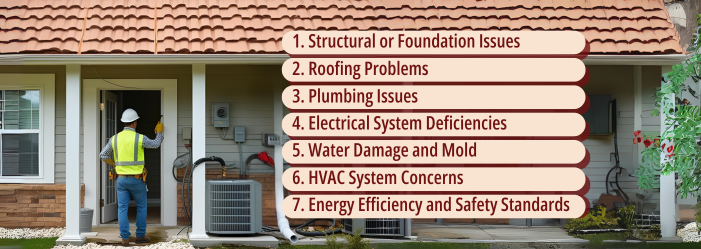Common Home Inspection Issues to Watch for in 2025
Purchasing a home is a significant investment, and a thorough home inspection is crucial to ensure you're making a sound decision. In 2025, homebuyers should be particularly vigilant about certain issues that frequently arise during inspections. Being aware of these potential problems can help you navigate negotiations effectively and secure a fair deal.

1. Structural or Foundation Issues
Structural problems can compromise a home's safety and lead to costly repairs. Inspectors often identify signs such as cracks in walls or foundations, uneven floors, or water intrusion in basements. These issues may indicate foundation settling or damage that requires immediate attention.
mountaintovalleyhomeinspections.com
What to Look For:
- Visible cracks in the foundation or interior walls
- Doors and windows that stick or don't close properly
- Uneven or sloping floors
Negotiation Tip: If significant structural issues are found, it's reasonable to request the seller to address these problems before closing or to negotiate a price reduction to cover repair costs.
2. Roofing Problems
A damaged or aging roof can lead to leaks and water damage. Common issues include missing or broken shingles, sagging areas, or signs of water intrusion in the attic. Regular maintenance is essential to prevent these problems.
What to Look For:
- Missing, cracked, or curling shingles
- Water stains on ceilings or walls
- Sagging roof sections
Negotiation Tip: Depending on the extent of the damage, negotiate for roof repairs or replacement, or request a credit to handle the repairs yourself post-purchase.
3. Plumbing Issues
Plumbing problems can range from minor leaks to major pipe failures. Inspectors check for signs of water damage, corrosion, and ensure that all fixtures function correctly. Outdated plumbing materials may also need upgrading to meet current standards.
What to Look For:
- Low water pressure
- Slow drainage
- Signs of leaks under sinks or around toilets
Negotiation Tip: For significant plumbing issues, consider asking the seller to make necessary repairs or provide a concession to cover the costs.
4. Electrical System Deficiencies
Outdated or faulty electrical systems pose safety hazards, including fire risks. Common issues include outdated wiring, insufficient amperage, or malfunctioning outlets and switches. Ensuring the electrical system meets current codes is vital for safety.
What to Look For:
- Flickering or dimming lights
- Warm or sparking outlets
- Frequent circuit breaker trips
Negotiation Tip: Request that the seller address critical electrical issues, especially those that pose immediate safety concerns.
5. Water Damage and Mold
Water intrusion can cause structural damage and promote mold growth, which poses health risks. Inspectors look for signs of past or present water damage, such as stains, musty odors, or visible mold.
mountaintovalleyhomeinspections.com
What to Look For:
- Water stains on walls or ceilings
- Musty odors
- Visible mold growth
Negotiation Tip: Mold remediation and water damage repairs can be expensive. It's prudent to negotiate for these issues to be resolved before closing or to receive a price reduction.
6. HVAC System Concerns
Heating, ventilation, and air conditioning (HVAC) systems are essential for comfort. Issues may include aging equipment, poor maintenance, or inefficiencies. Regular servicing is crucial to ensure optimal performance.
What to Look For:
- Unusual noises from the system
- Inconsistent temperatures
- Poor airflow
Negotiation Tip: If the HVAC system is near the end of its lifespan or requires significant repairs, negotiate for replacement, servicing, or a credit towards these expenses.
7. Energy Efficiency and Safety Standards
In 2025, stricter energy efficiency and safety standards are in place. Homes may need updates to insulation, windows, or other components to comply. A professional inspection can identify areas where the home might fall short.
What to Look For:
- Drafty windows or doors
- Inadequate insulation
- Outdated heating or cooling systems
Negotiation Tip: Use identified deficiencies to negotiate for necessary upgrades or a price reduction to cover future improvements.
Negotiating Repairs: Strategies for Buyers
After identifying issues during the home inspection, effective negotiation is key to ensuring these problems are addressed satisfactorily. Here are some strategies:
- Prioritize Major Concerns: Focus on significant issues that affect safety, structural integrity, or major systems. Minor cosmetic flaws can often be addressed after purchase.
- Obtain Repair Estimates: Get quotes from licensed contractors to understand the cost of necessary repairs. This information strengthens your position during negotiations.
- Request Seller Concessions: Instead of asking the seller to complete repairs, consider negotiating for a price reduction or closing
Sources:
11 Most Commo9n Issues Found in A Home Inspection Report
7 Major Inspection Issues [2024]
When was Your Last Home Inspection? Here's Why 2025 is the year to schedule one











